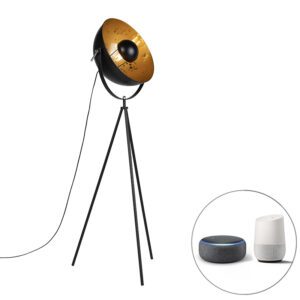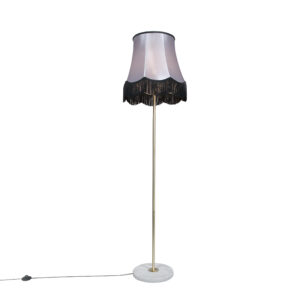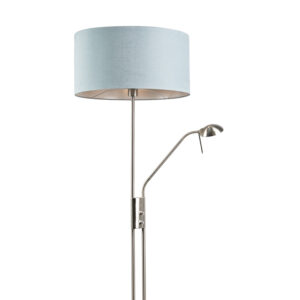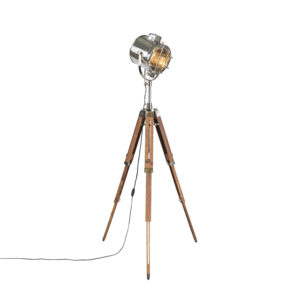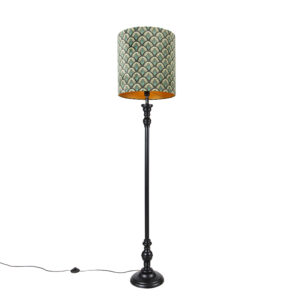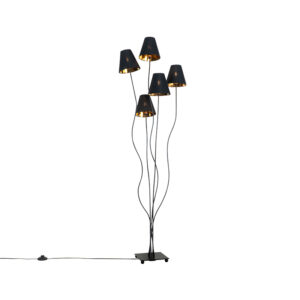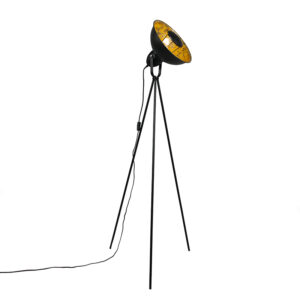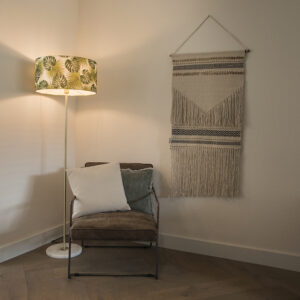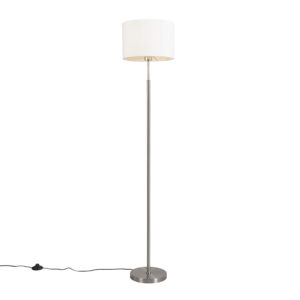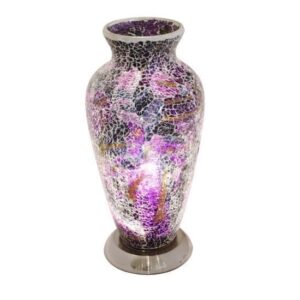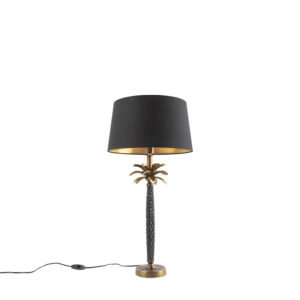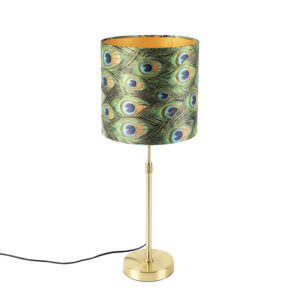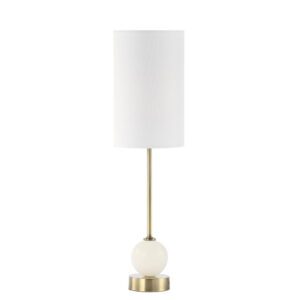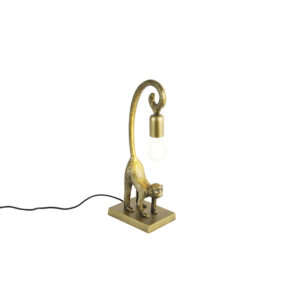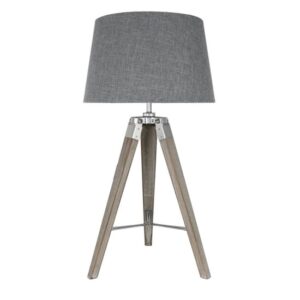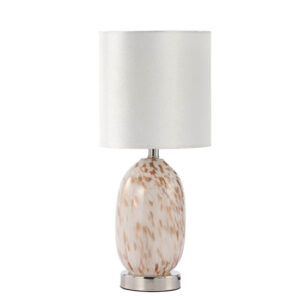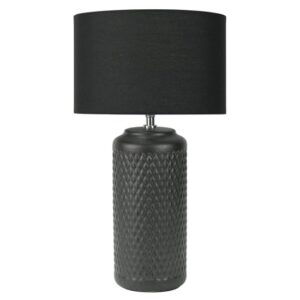From Vintage to Modern: A Journey Through The History of Lamp Design
Lighting has been an essential aspect of human life since the beginning of time. From torches to candles, lamps to electric bulbs, lighting technology has come a long way in the last few centuries. One of the most iconic lighting fixtures is the lamp, and its design has evolved significantly over the years. In this blog post, we will take a journey through the history of lamp design, from vintage to modern.
-
- Sale!
- Floor Lamps £100 - £199
Design floor lamp black with gold 5-lights – Melis
-
£189.00£109.00 - More Info
-
- Sale!
- Floor Lamps Under £100, Under £150
Brass floor lamp with leaf shade 50 cm – Kaso
-
£179.00£79.95 - More Info
-
- Sale!
- Floor Lamps Under £100, Under £150
Modern floor lamp white round – VT 1
-
£89.95£44.95 - More Info
View more Floor lamps here>> Great options to Dunelm, The Range, M&S Home, Tesco Direct or NEXT Floor Lamps.
The earliest lamps were simple and made of natural materials such as stone, shell, and hollowed-out rocks. They used animal fats, vegetable oils, and beeswax as fuel. These lamps were often suspended from the ceiling or mounted on walls, and they provided enough light for people to perform basic tasks.
During the 17th century, lamps began to take on more intricate designs. This was a time of great creativity in the arts, and lamp design was no exception. Candlesticks were adorned with elaborate carvings and decorative details, and lamps were made from expensive materials such as brass and silver.
-
- Sale!
- Table & Desk Lamps, Table Lamps £50-£100, Under £100
Apollo Mosaic Glass Vase Table Lamp In Purple
-
£160.95£69.95 - More Info
-
- Sale!
- Table Lamps £50-£100
Art Deco table lamp bronze with black shade 35 cm – Areka
-
£159.00£60.95 - More Info
-
- Sale!
- Table Lamps £50-£100, Under £100
Vintage table lamp brass – Monkey Hale
-
£79.95£50.95 - More Info
View more table lamps here>> Great options to Dunelm, The Range, M&S Home, Tesco Direct or NEXT Table Lamps. Take a look at Laura Ashley table lamps sale here>>
In the 19th century, gas lighting became popular, and lamps began to be designed specifically for gas. This allowed designers to create more ornate and decorative lamps, with intricate metalwork and glass shades. One of the most famous examples of this style is the gas lamp designed by Louis Comfort Tiffany in the late 1800s. These lamps featured stained glass shades and were often used as decorative objects in addition to providing light.
The early 20th century saw a shift towards electric lighting, and lamps were quickly adapted to this new technology. One of the most influential designers of this period was Art Nouveau pioneer, Louis Majorelle. His lamp designs were characterized by flowing lines and natural forms, often featuring intricate glass shades.
The mid-20th century was a time of great experimentation in design, and lamps were no exception. The advent of new materials such as plastic and fiberglass allowed designers to create innovative lamp shapes, such as the iconic Arco lamp by Achille and Pier Giacomo Castiglioni. These lamps featured long, curved arms that allowed the light source to be positioned over a table or chair, providing a more functional and flexible lighting solution.
In the 21st century, lamp design has continued to evolve with advances in technology and sustainability concerns. LED lighting has become more widespread, and designers have embraced new materials such as recycled plastics and sustainable woods. Designers like Ingo Maurer have created innovative lamp designs that combine functionality with artistic expression, such as his “Lucellino” lamp which features a cluster of handcrafted glass bulbs.
In conclusion, the history of lamp design is a journey through human ingenuity and creativity. From simple natural lamps to ornate candlesticks, gas lamps to electric bulbs, and modern LED lights, lamp design has evolved to meet changing needs and styles. Today, lamps not only provide light but are also works of art, combining beauty and functionality in a single object.

